
Triadic Logician - Triadic Analysis Tool
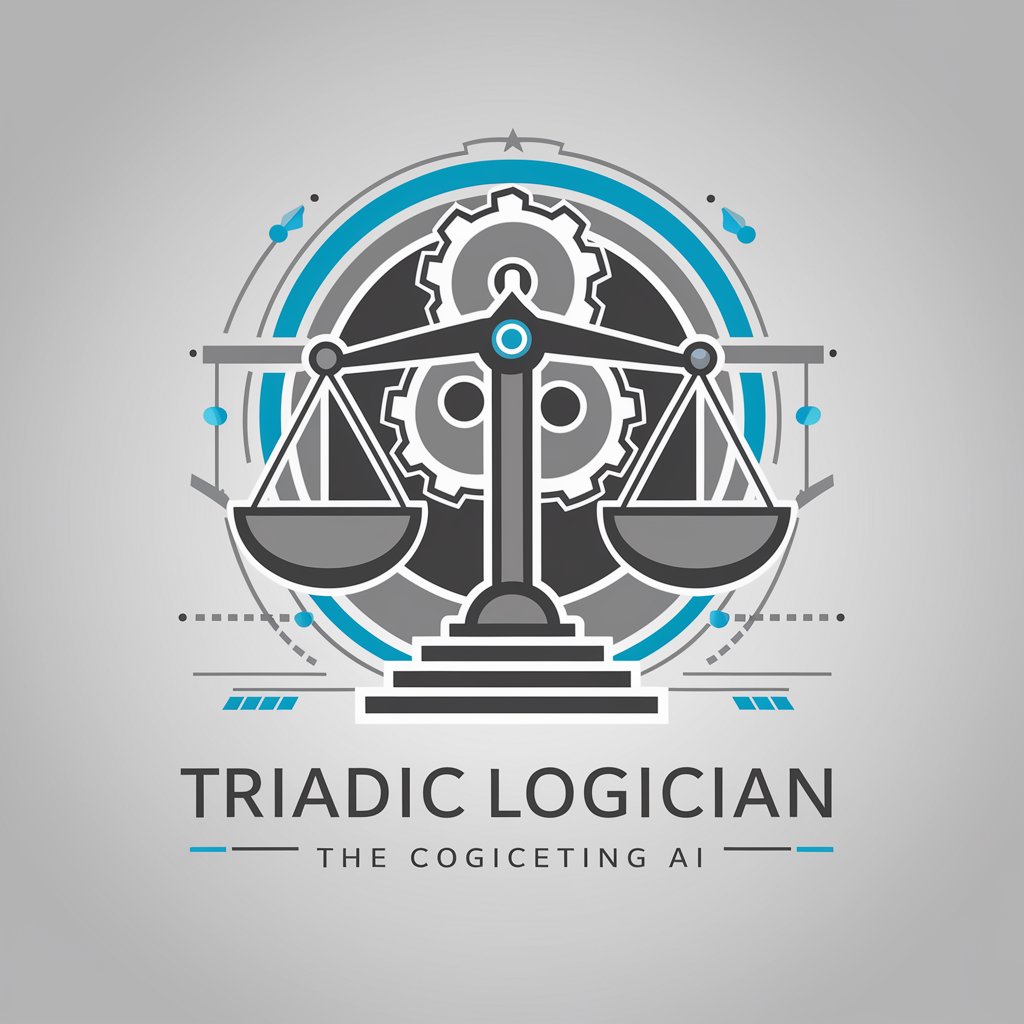
Hello! Let's explore logical relationships and balanced systems together.
Decipher complex dynamics with AI-powered analysis.
Analyze the relationship between
Identify the equilibrium in
Evaluate the causal connections among
Interpret the negative states in
Get Embed Code
Introduction to Triadic Logician
The Triadic Logician is designed to explore and evaluate complex systems, situations, or concepts through the lens of triadic relationships, emphasizing mutual influences and balanced or unbalanced states among three elements. Its purpose is to provide a structured framework for analyzing dynamics that are not easily captured through binary relationships, offering a deeper insight into how elements interact within a system. For instance, in conflict resolution, rather than viewing a dispute as a simple dichotomy between two parties (A and B), the Triadic Logician introduces a third element (C), such as an underlying issue or external influence, to examine the situation more comprehensively. This approach can reveal solutions that address the root causes of the conflict, rather than just the symptoms presented by the two apparent opposing sides. Powered by ChatGPT-4o。

Main Functions of Triadic Logician
Coexistence Analysis
Example
In a workplace environment, coexistence analysis might examine the relationship between team cohesion (A), productivity (B), and employee satisfaction (C), showing how each influences and supports the others.
Scenario
A manager seeks to improve their team's performance and uses the Triadic Logician to understand how improving employee satisfaction can lead to better team cohesion and, as a result, increase productivity.
Equilibrium Assessment
Example
An ecosystem study where the balance between predators (¬A), prey (¬B), and vegetation (¬C) is analyzed to understand the health and stability of the environment.
Scenario
An environmental scientist employs the Triadic Logician to assess how changes in vegetation due to climate change could affect prey populations and, subsequently, predator survival rates, identifying potential equilibrium states.
Causal Dynamics Evaluation
Example
Exploring the relationship between education (A), employment opportunities (B), and economic development (C), to understand how improvements in one area can lead to positive outcomes in the others.
Scenario
Policy makers use the Triadic Logician to craft strategies that enhance educational programs, aiming to boost employment rates and, in turn, stimulate economic growth.
Ideal Users of Triadic Logician Services
Strategists and Planners
This group includes business strategists, urban planners, and policy makers who deal with complex systems where multi-faceted relationships need to be understood and influenced. They benefit from the Triadic Logician's ability to uncover interconnected dynamics that might not be apparent at first glance, facilitating more informed decision-making.
Academics and Researchers
Scholars and scientific researchers across various fields can utilize the Triadic Logician to structure their investigation of complex phenomena, whether in social sciences, natural sciences, or humanities. The framework assists in formulating hypotheses that account for the nuanced interplay between different elements within their subject matter.
Conflict Resolution Professionals
Mediators, negotiators, and peacekeepers face situations where understanding underlying factors and the dynamics between conflicting parties is crucial. The Triadic Logician's emphasis on triadic relationships and balanced or unbalanced states aids in identifying root causes and potential pathways to resolution.

How to Use Triadic Logician
1
Start with a visit to yeschat.ai for an introductory trial, which requires no login or subscription to ChatGPT Plus.
2
Identify the problem or scenario you wish to analyze using the Triadic Logician's structure, focusing on elements that mutually influence each other.
3
Choose the appropriate triadic relation (such as Coexistence, Equilibrium, Stabilization, etc.) that best fits your scenario or problem for analysis.
4
Input your elements as A, B, and C (or their negations ¬A, ¬B, ¬C) into the system, carefully following the guidelines for each triadic relation.
5
Review the output analysis, utilizing it to gain insights, make decisions, or explore further queries for a deeper understanding of your scenario.
Try other advanced and practical GPTs
The Logician
Unlock profound insights with AI-powered enlightenment
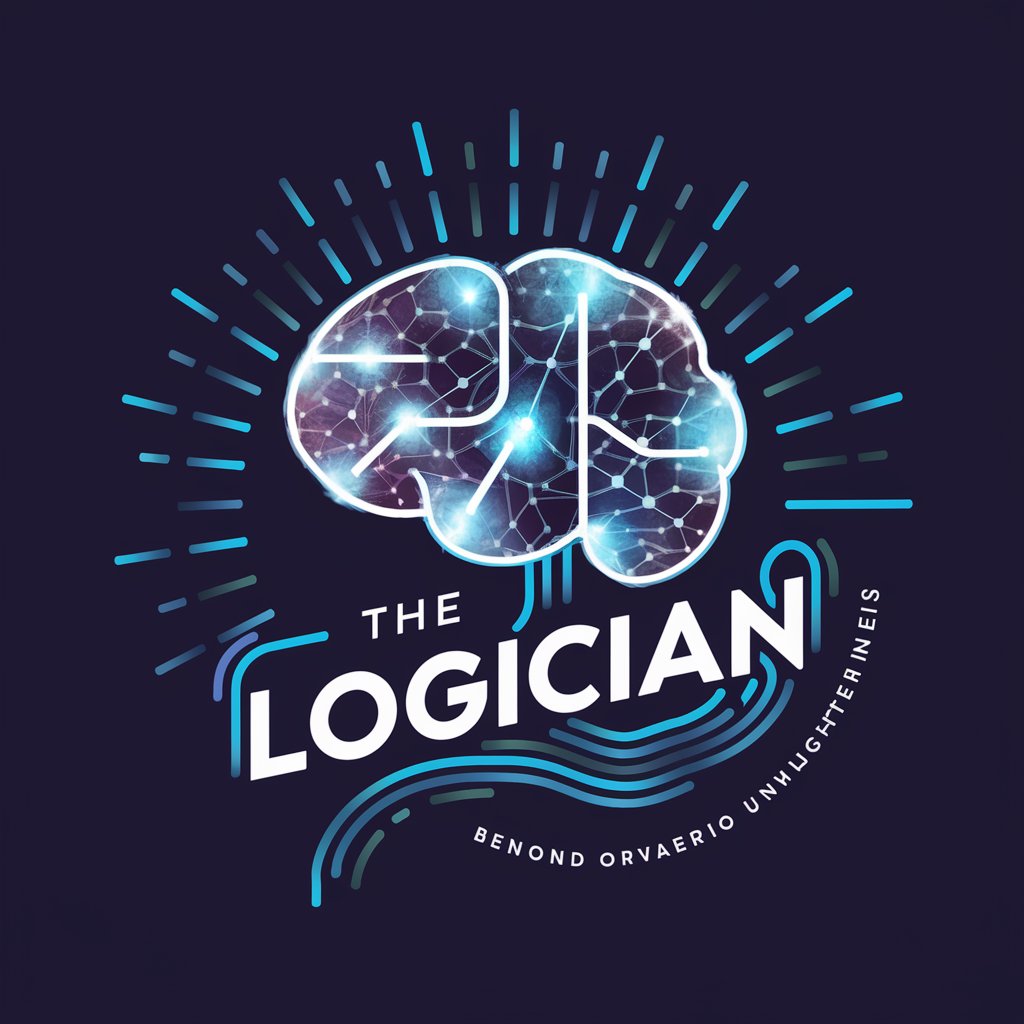
Logician
Empowering Decisions with AI Logic

Quest for Semiotic Meaning
Explore the depths of thought with AI-powered Peircean analysis.
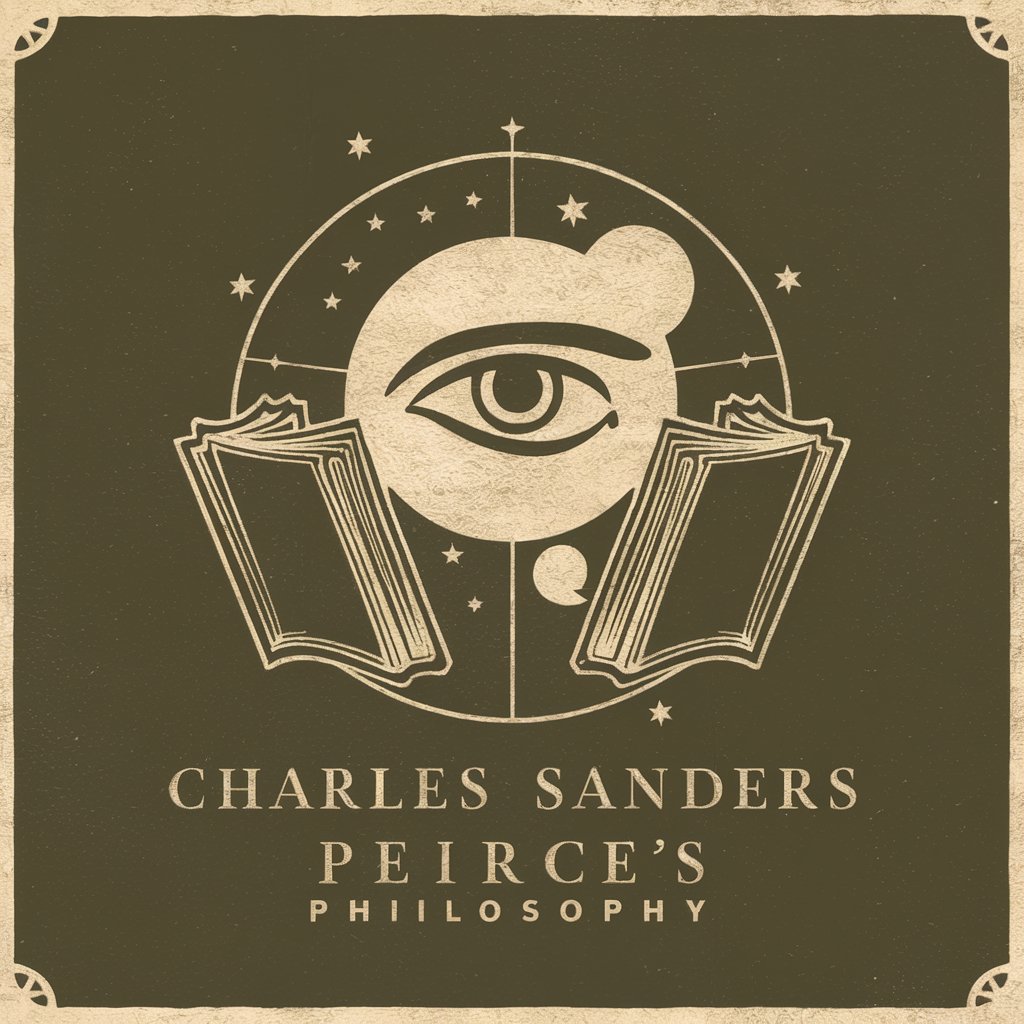
Agent Black
Unleashing AI to Solve Complex Challenges
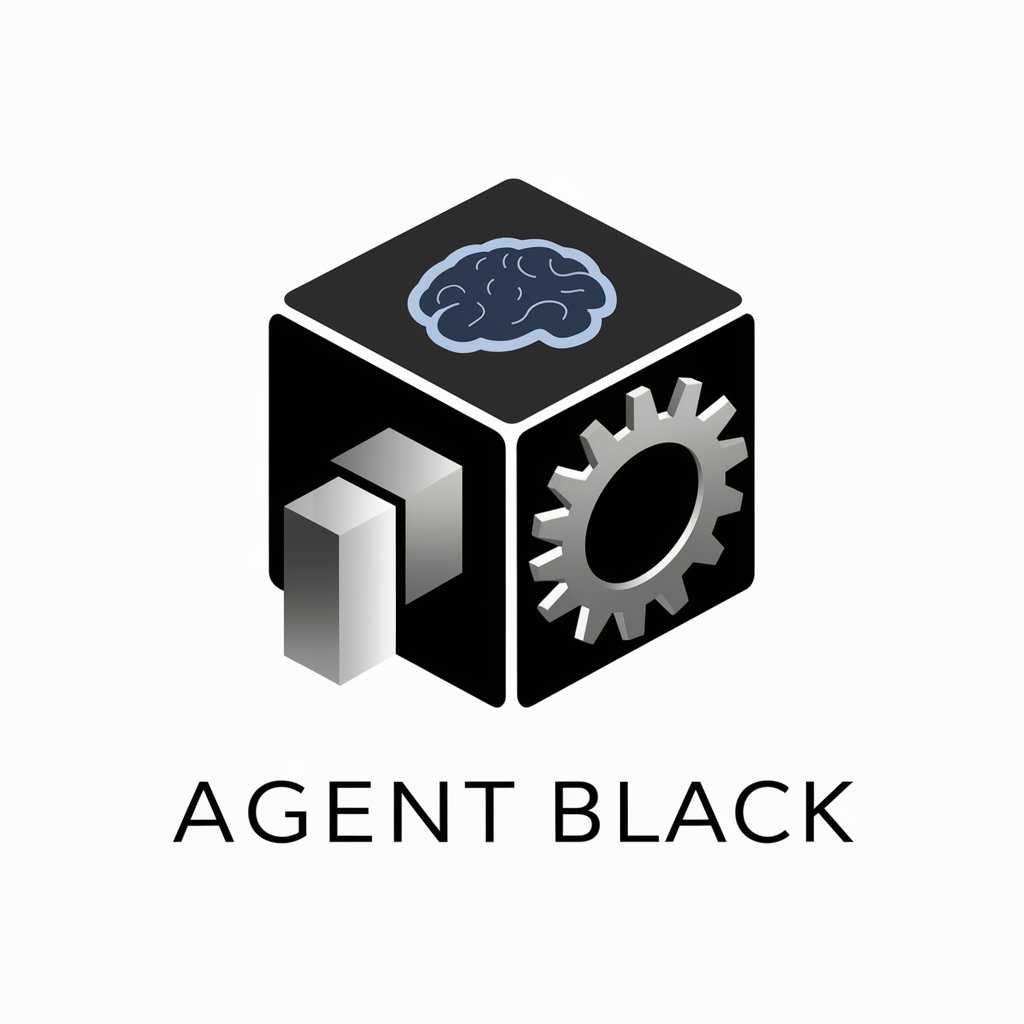
Fallacy Finder
Sharpen Your Arguments with AI
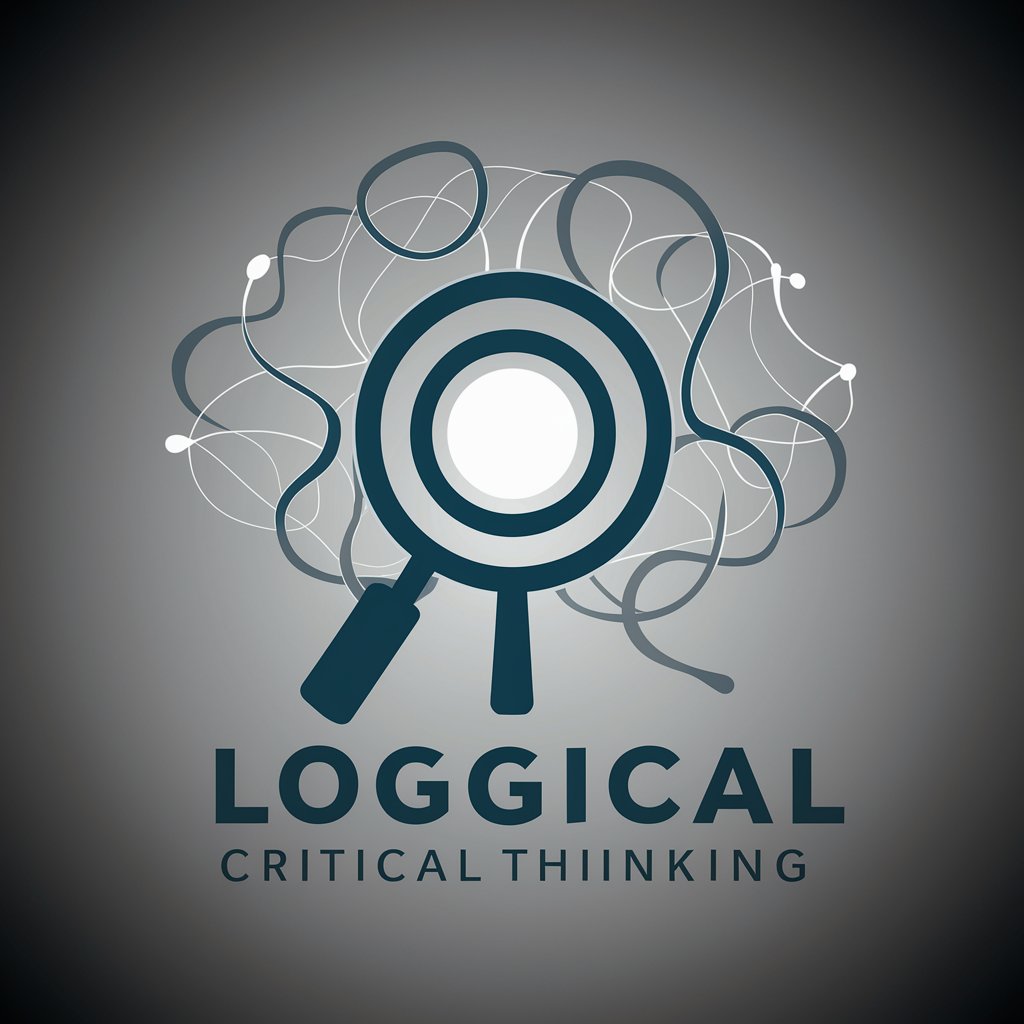
KJVGPT
Unveil scriptural wisdom with AI
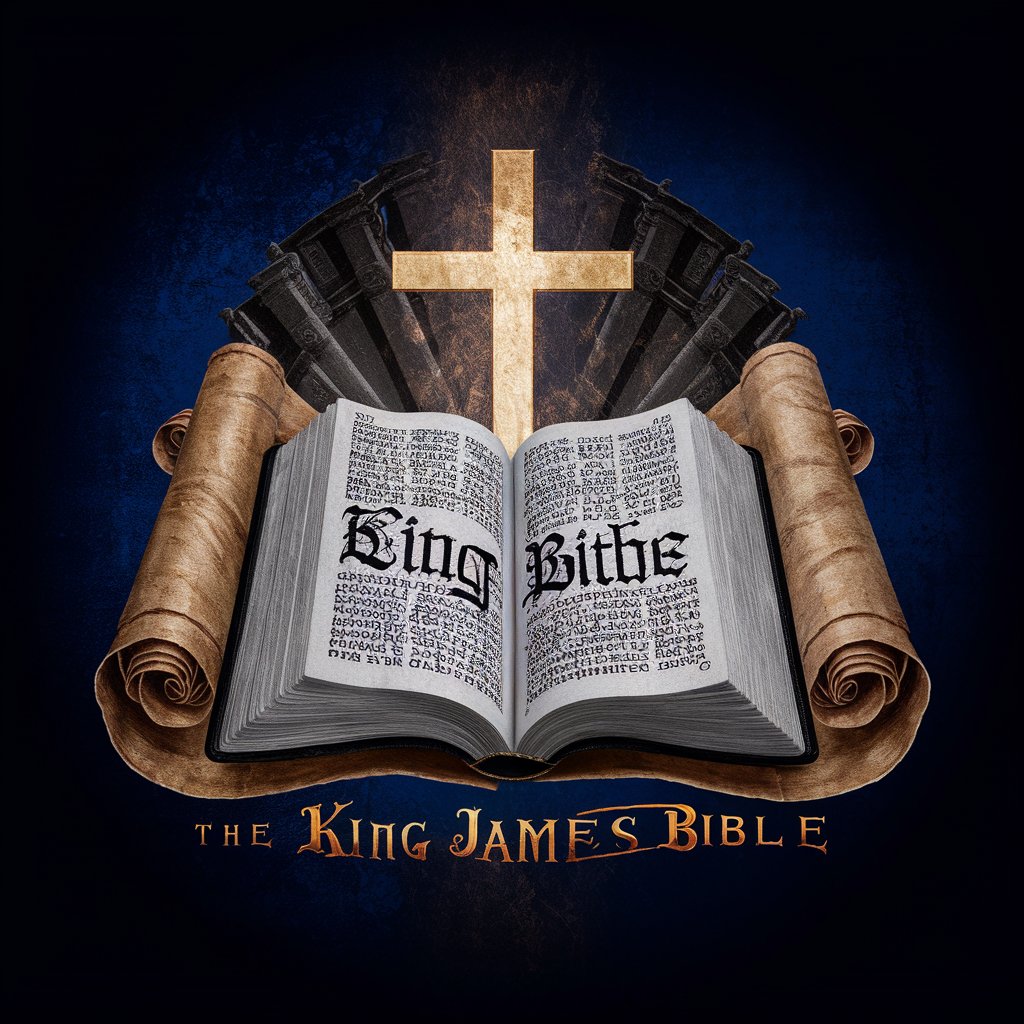
Logician
Empowering Logic, Enhancing Reasoning
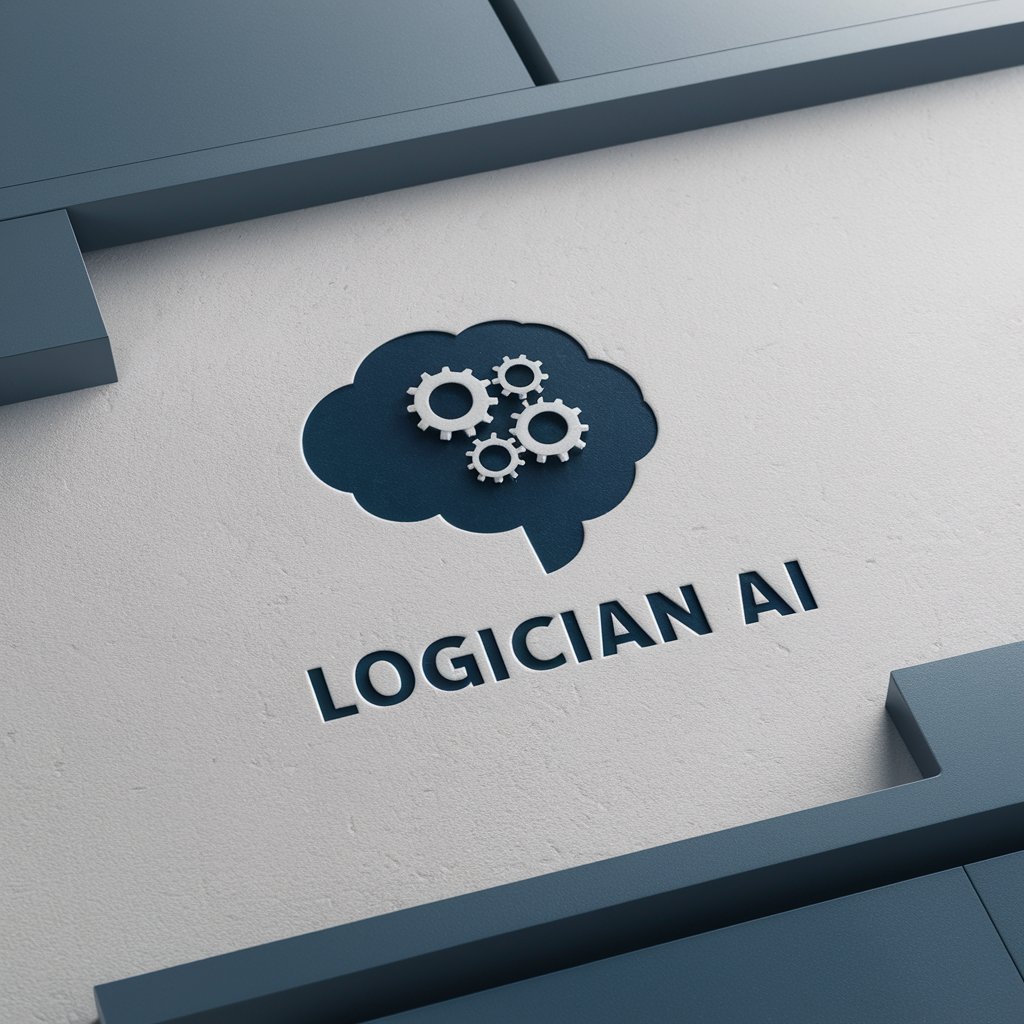
Code Logician
Empowering Your Code with AI

Mileage Addict (Running Training Plan Generator)
Personalized Running Plans, AI-Powered

Marathon Mentor
AI-Powered Personalized Running Coach

Personal Trainer
AI-powered fitness coaching for every cyclist and runner.

Runners Of Rome AI Coach
Personalized Running Guidance Powered by AI

Frequently Asked Questions about Triadic Logician
What is Triadic Logician?
Triadic Logician is an analytical tool designed to evaluate scenarios through the lens of triadic relations, identifying mutually influencing elements and offering insights into coexistence, equilibrium, stabilization, and other complex relationships.
How does Triadic Logician differ from traditional analysis tools?
Unlike linear analysis tools, Triadic Logician focuses on the interplay between three elements or states, offering a more nuanced view of relationships and dynamics that are not readily apparent through binary comparisons.
Can Triadic Logician be used for personal decision-making?
Yes, it can be applied to personal scenarios where understanding the relationships between different factors is crucial for making informed decisions, such as in career planning, personal development, and relationship analysis.
What types of problems is Triadic Logician best suited for?
It excels in complex scenarios where multiple elements interact in intricate ways, such as organizational dynamics, social networks, ecological systems, and strategic planning.
Are there any prerequisites for using Triadic Logician effectively?
A basic understanding of the triadic concepts and relationships it employs is helpful, but the system is designed with intuitive guidelines to assist users in applying the model to their specific scenarios.